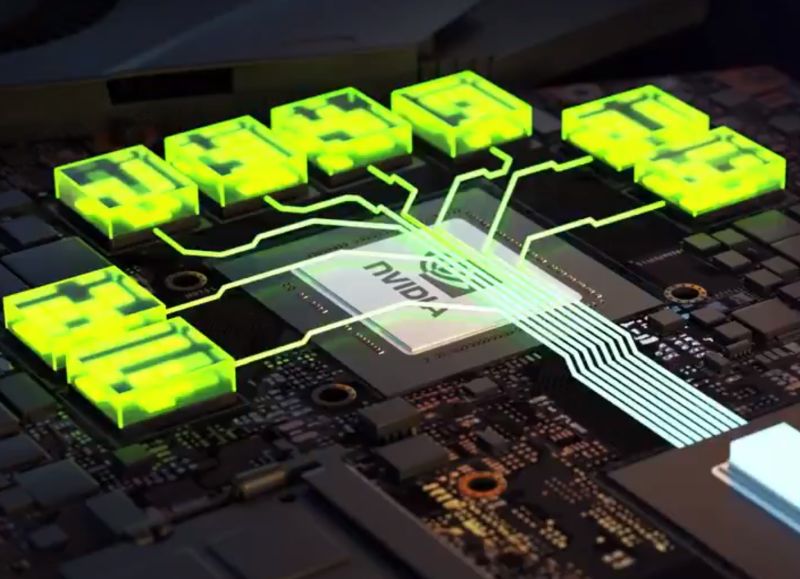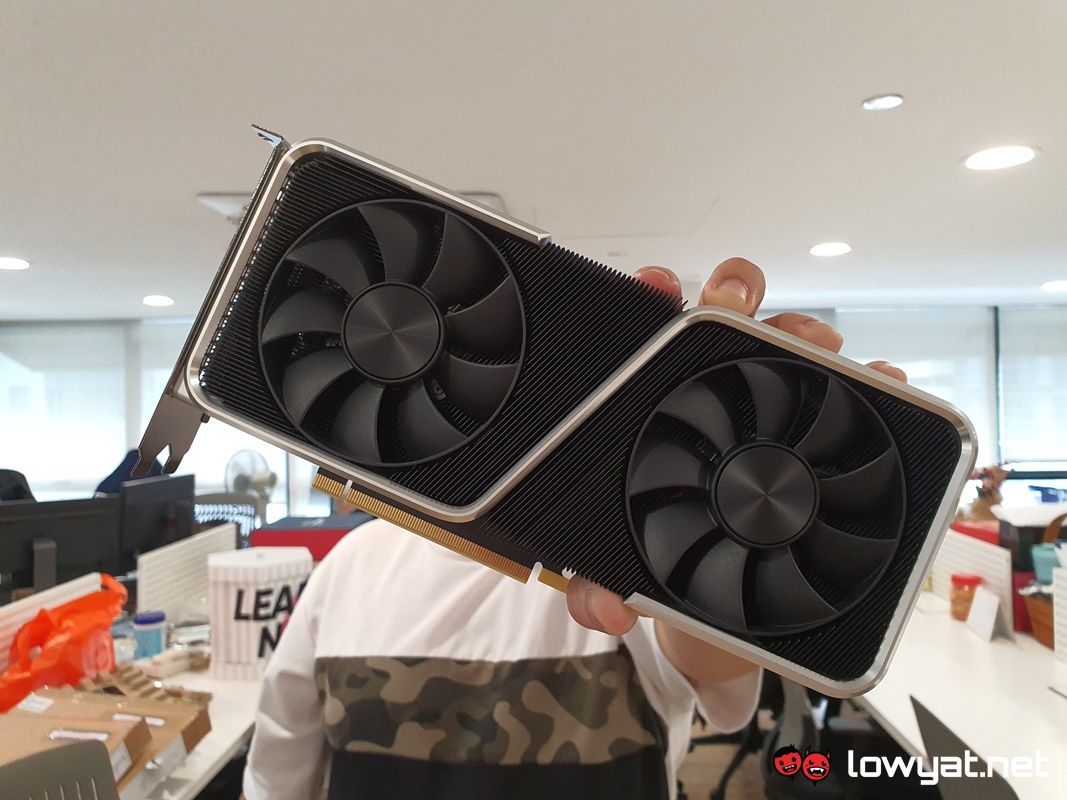Resizable BAR isn’t a new or groundbreaking feature, by any measure of the word. The feature has been around since the 2nd generation of the PCIe interface and rarely saw expanded use outside of the Linux and server communities.
It wasn’t until AMD announced its own take of the feature during the launch of its Radeon RX 6000 series graphics cards last year. the company calls it Smart Access Memory (SAM) but unlike Resizable BAR, the feature technically only work if a Radeon RX 6000 series GPU is paired with one of its Ryzen 5000 series CPUs. AMD’s putting the feature out into the mainstream ultimately led other tech companies to add-in support for Resizable BAR, with NVIDIA professing its support for it during its RTX 3060 and GeForce RTX 30 series mobile launch. Intel followed suit not long after, saying that it will make the feature available for its 11th generation Rocket Lake-S CPUs and its corresponding chipsets.
In NVIDIA’s case, the GPU maker will understandably leave the feature disabled on its GPUs by default, while only activating it for games titles that the brand thinks would benefit from the feature. So far, that list includes Assassin’s Creed Valhalla, Battlefield V (BFV), Borderlands 3, and Watch Dogs: Legion, among other titles. (Source: Techspot)

